Vision 2025 - National Research Centre for Grapes
Vision 2025 - National Research Centre for Grapes
Vision 2025 - National Research Centre for Grapes
You also want an ePaper? Increase the reach of your titles
YUMPU automatically turns print PDFs into web optimized ePapers that Google loves.
FOREWORD<br />
Indian agriculture must continuously evolve to remain ever responsive to<br />
manage the change and to meet the growing and diversified needs of different<br />
stakeholders in the entire production to consumption chain. In order to<br />
capitalize on the opportunities and to convert weaknesses into opportunities,<br />
we at the ICAR attempted to visualize an alternate agricultural scenario from<br />
present to twenty years hence. In this endeavour, an in-depth analysis of the<br />
Strengths, Weaknesses, Opportunities and Threats (SWOT) was undertaken to<br />
place our research and technology development ef<strong>for</strong>ts in perspective so that<br />
we succeed in our pursuit of doing better than the best. Accordingly, the<br />
researchable issues are identified, strategies drawn and programmes indicated<br />
to have commensurate projects and relevant activities coinciding with the<br />
launch of the 11th Five Year Plan.<br />
<strong>National</strong> <strong>Research</strong> <strong>Centre</strong> <strong>for</strong> <strong>Grapes</strong>, Pune has placed greater emphasis on<br />
accelerating the pace of technology generation on growing and processing of<br />
grapes. Special ef<strong>for</strong>ts are needed <strong>for</strong> introduction, collection, evaluation,<br />
characterization and utilization of germplasm including rootstocks in the high<br />
water table areas in north-western plains, high rainfall areas in the North-East<br />
and eastern India and water stress areas of the plateau regions. Developing<br />
high yielding and good quality table and industrial use varieties with basal<br />
resistance to the biotic and abiotic stresses, and technology generation <strong>for</strong><br />
greater input use efficiency, integrated pest management, post-harvest<br />
handling, processing, packaging including value-addition will make the major<br />
research programmes at this <strong>Centre</strong>.<br />
It is expected that realizing the <strong>Vision</strong> embodied in the document would<br />
further ensure that the <strong>National</strong> <strong>Research</strong> <strong>Centre</strong> <strong>for</strong> <strong>Grapes</strong>, Pune continues to<br />
fulfill its mandate to make Indian agriculture locally, regionally and globally<br />
competitive. The ef<strong>for</strong>ts and valuable inputs provided by my colleagues at the<br />
ICAR Headquarters and by the Director and his team at the Institute level <strong>for</strong><br />
over a year to develop <strong>Vision</strong> <strong>2025</strong> deserves appreciation.<br />
February, 2007<br />
(MANGALA RAI)<br />
Secretary, Department of Agricultural <strong>Research</strong> & Education<br />
and<br />
Director General, Indian Council of Agricultural <strong>Research</strong><br />
Dr. Rajendra Prasad Road, Krishi Bhawan, Ne'N Delhi 110001, India


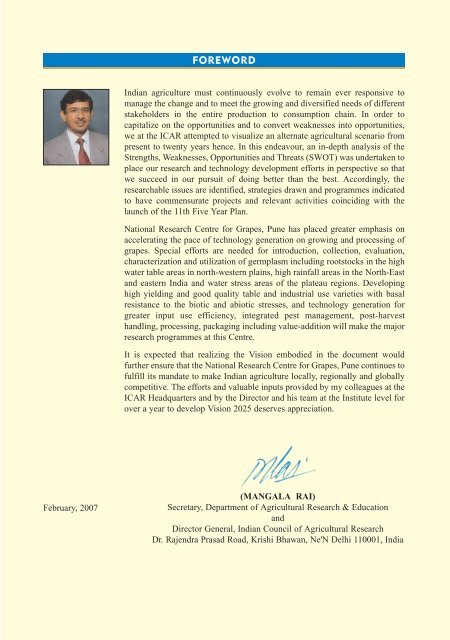


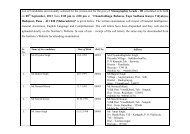
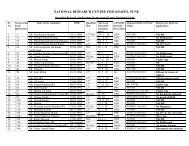

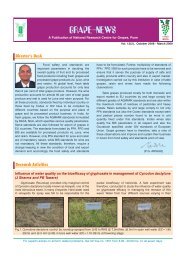

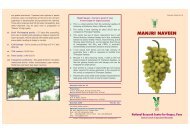
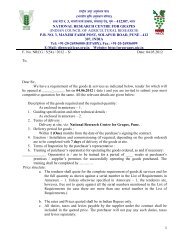



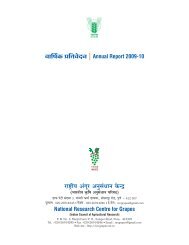
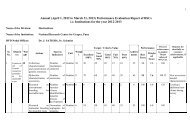
![mj]mJ{V cmcH$m{irM{ (_mBQâ¤>g) oZ`ÃÃU](https://img.yumpu.com/33367555/1/190x127/mjmjv-cmchmirm-mbqag-ozaau.jpg?quality=85)